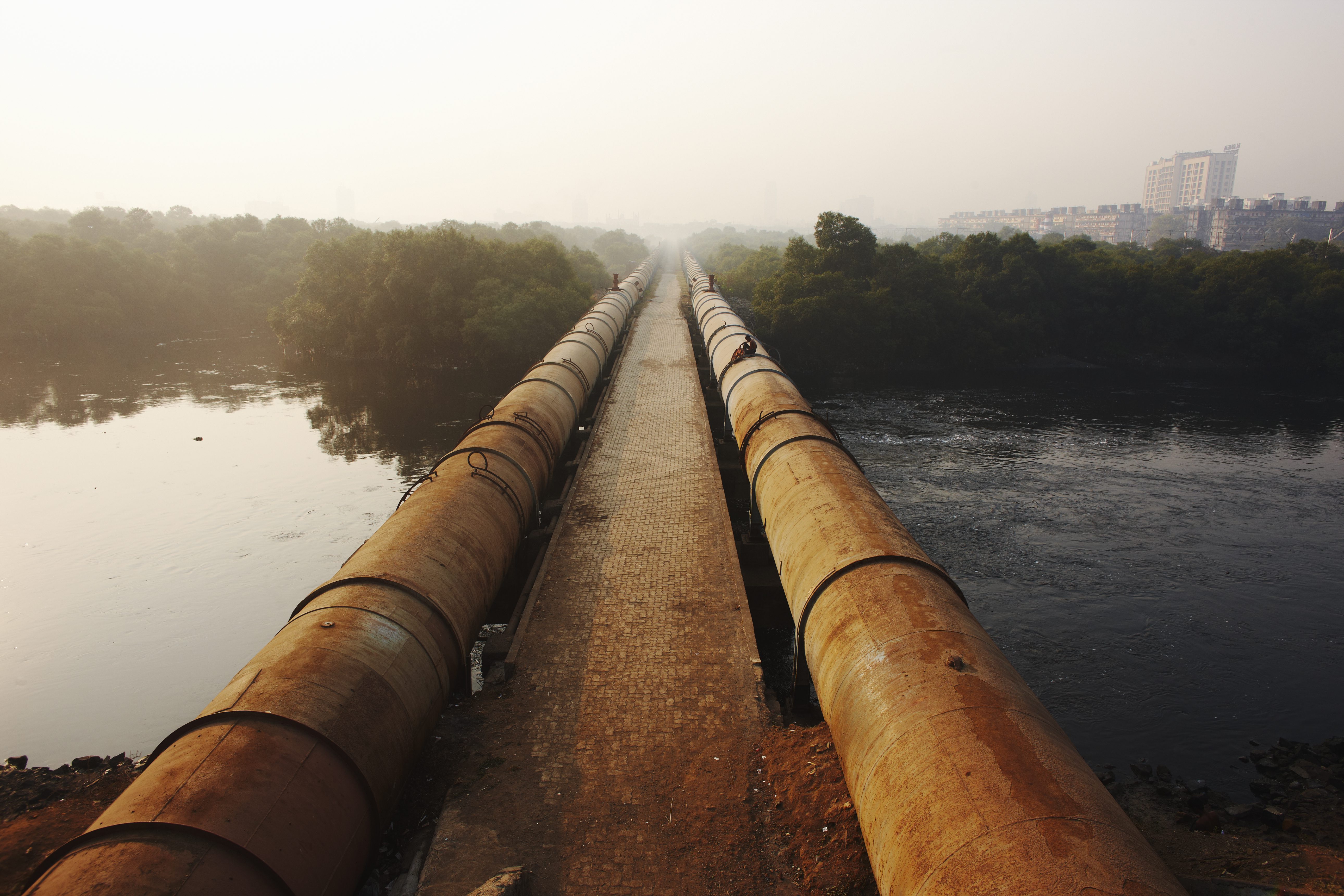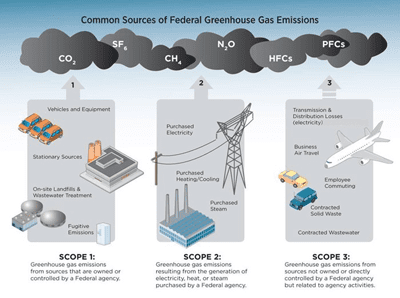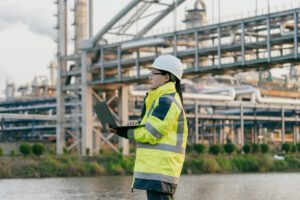 At Schneider Electric, sustainability, decarbonization, reducing environmental impact, and fighting water scarcity have long been represented in our core corporate strategy. We’ve taken on climate change by working every day to minimize our own environmental impact. We also work closely with our customers and ecosystem of partners to develop innovative solutions that address global challenges in energy and water management.
At Schneider Electric, sustainability, decarbonization, reducing environmental impact, and fighting water scarcity have long been represented in our core corporate strategy. We’ve taken on climate change by working every day to minimize our own environmental impact. We also work closely with our customers and ecosystem of partners to develop innovative solutions that address global challenges in energy and water management.
Schneider Electric is committed to the Sustainable Development Goals (SDGs), a universal call to action launched by the United Nations to end poverty, protect the planet, and ensure that all people enjoy peace and prosperity by 2030. The Group is engaged in accomplishing the 17 SDGs through its core business and its five sustainability megatrends: climate, circular economy, ethics, health & equity, and development.
Now, we’re applying this same passion for improving our technology offering to municipal and industrial water segments. Digital water solutions must be reinvented and more broadly deployed to leverage new digital platforms and predictive analytics powered by artificial intelligence and machine learning solutions (AI/ML).
As water purity and water insecurity issues continue to plague more and more of our global citizens, we have made the strategic decision to invest in the development of a modernized and expanded family of hydraulic modeling software solutions. These solutions will power our EcoStruxure for Water platform with digital twin capability to allow real-time scenario planning and operation optimization of water networks and energy networks (e.g., heating, cooling, etc.).
Our investments include efforts to leapfrog current hydraulic modeling software offerings for water network management and district energy management by introducing higher data management performance, new intuitive and simple graphical user interfaces, new functionality, and improved engine calculations powered by AI/ML ̶ all this to allow customers to get to the next level of predictive operations.
Hydraulic modeling software: Making sustainability a profitable investment
Our new hydraulic modeling software portfolio, already largely deployed in many network management and district energy applications, allows EcoStruxure to offer municipal and industrial customers, who already run advanced applications, a means for radically improving the sustainability and efficiency of water network design and operations.
The benefits of this hydraulic modeling software include:
- An ability to generate a digital twin of networks to address better current and future climate change consequences (e.g., extreme weather-induced drought and flooding)
- The dynamic monitoring and adaptation of water/energy networks to enable preventive or predictive maintenance processes
- Enhanced pumping performance that results in higher energy efficiency and lower CO2 footprint
- Advanced water quality monitoring and tracing across the water distribution network
- Optimized dispatch temperatures across the district energy networks
Deploying this new generation of data-driven solutions will result in never-before-seen operational efficiency, sustainability, and resilience with scenario-based simulation capability and predictive network control systems. For example, Acqua Novara in Italy needed to improve their operational efficiency and increase their overall water supply performance. Our water network solution resulted in a 10% reduction in water loss – equivalent to 6 Mm3/year of water saved and a 15% reduction in energy consumption.
Cities, utilities, and industrial will find that our hydraulic modeling digital solutions applied to district energy will help them address scope 2 (see figure 1) of greenhouse gas (GHG) emission goals by minimizing losses, maximizing storage capacity in real-time for steam, heat, cooling network operations. For example, in Copenhagen, Denmark, the local utility, HOFOR District Energy, provides district heating for half a million people and is the owner and operator of one of the world’s largest steam and hot water-based district heating systems. They required a tool for network planning, design, and optimization and simplifying the decision-making process. The implementation of our hydraulic modeling solution resulted in energy savings of approximately 1.3 million EUR per year due to decreased loss of heat and reductions in CO2 emissions. In fact, their CO2 reduction was equivalent to removing 105,000 automobiles from Copenhagen’s streets.

Source: www.energy.gov/management/spd/common-sources-federal-greenhouse-gas-emissions
Figure 1: Scope 2 emissions are indirect emissions from the generation of purchased energy from a utility provider. In other words, all GHG emissions released in the atmosphere, from the consumption of purchased electricity, steam, heat, and cooling
With Schneider Electric’s know-how in automation, control systems, energy management, and software development, this new offering, combined with our deep domain expertise in water supply and district energy, produces a new generation of hydraulic modeling software and digital twin solutions. Our software solutions now address the full water network infrastructure cycle from design and build to operate and maintain.
As we embark on this new journey of reinventing a sustainable development model to cope with climate change and reduce the impact on the environment, Schneider Electric will continue to develop and implement our solutions with the support of specialized partners who have established a successful track record in water and district energy management solutions over the years. These partners have worked with us to implement our existing installed base over the years. Together, we will provide new generation software solutions and services for a more sustainable and more efficient future. We look forward to achieving the mutual goal of clean water access, energy management, and climate change management in conjunction with all our global citizens for years to come.



